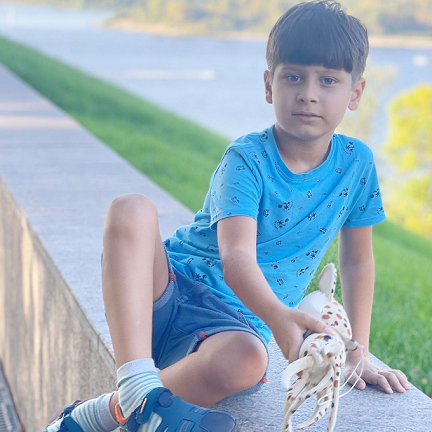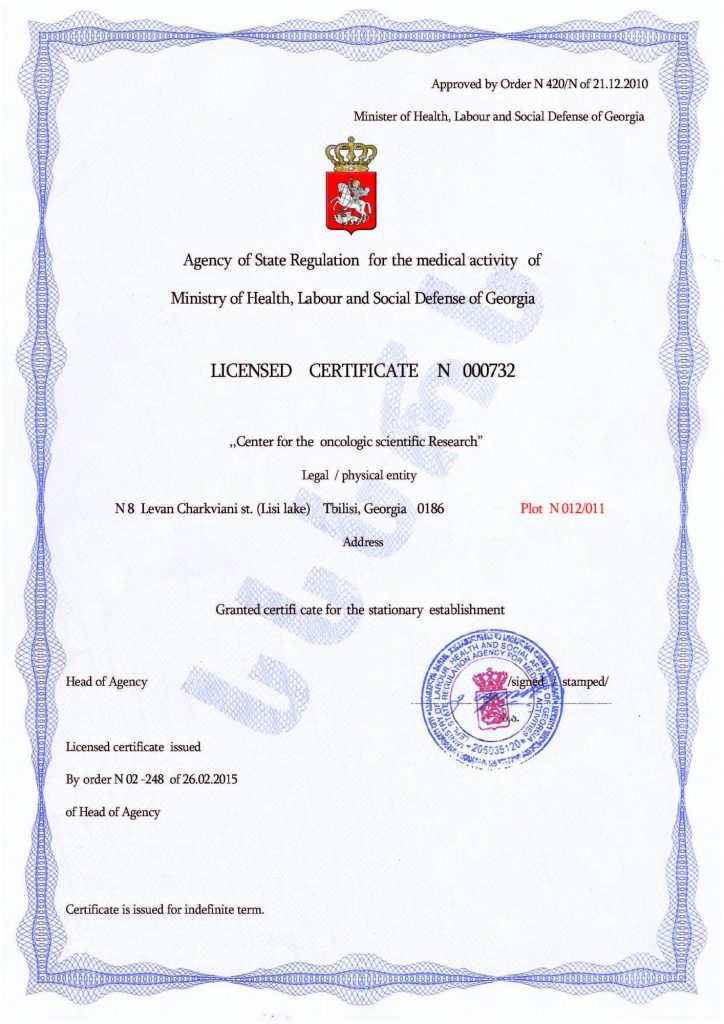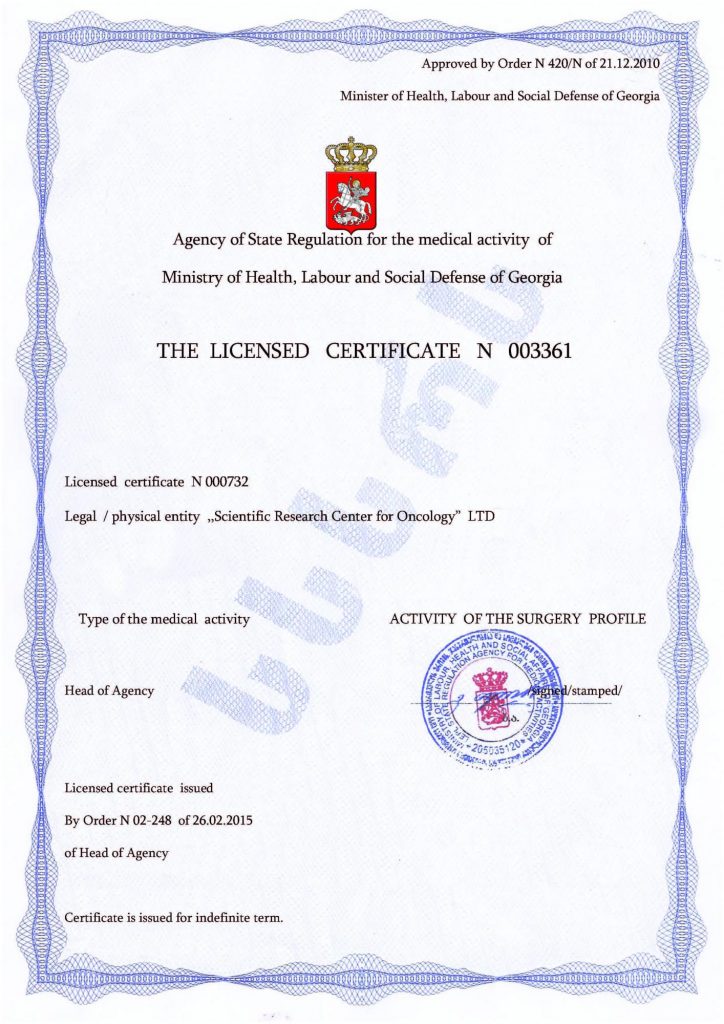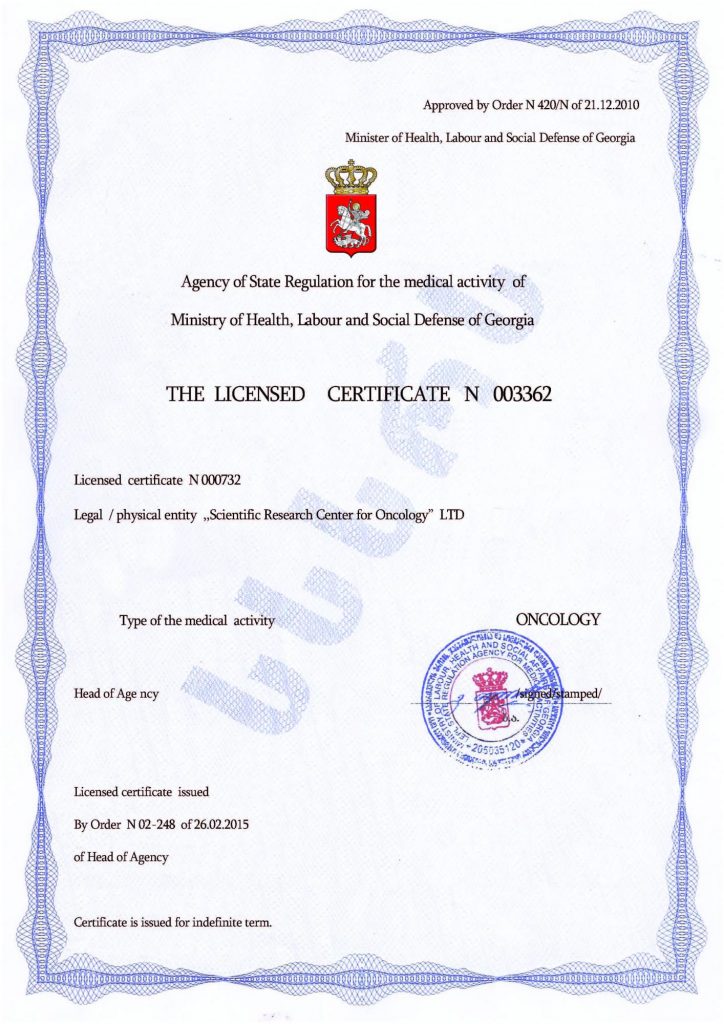Are There Physical Signs of Autism?
The psychological traits of a child with autism are widely recognized, but the physical traits are often ignored or unclear in their symptoms. However, children with ASD exhibit distinct motor characteristics. Among these features, we can identify:
- Motor coordination issues: Children with autism often experience problems with movement coordination, leading to clumsiness, balance difficulties, and challenges in performing actions like writing, drawing, or engaging in sports activities.
- Hyperflexibility or hypotonia: Some children with autism exhibit increased joint flexibility (hypermobility), while others may have muscle weakness or hypotonia (low muscle tone), which also impacts their ability to control movement.
- Unusual motor stereotypies: Children with autism may display repetitive movements such as body rocking, hand spinning, or walking on their toes. These stereotypies may serve as a way to self-regulate or express stress and anxiety.
Neurological characteristics of autism
Research using neuroimaging has revealed some structural and functional brain differences in children with autism. While these differences may vary among children, several common features have been identified:
- Changes in brain size: Some studies show that children with autism may experience accelerated brain growth in early childhood, particularly in the volume of gray matter responsible for processing information. However, as they grow older, brain size may stabilize, and children may have less gray matter in regions linked to social interaction.
- Uneven brain development: Children with autism may have disrupted connections between different areas of the brain, making it difficult for them to synchronize and integrate information. This can affect perception, memory, attention, and emotional regulation.
Physical development and growth of children with autism
While most children with autism experience physical development within normal boundaries, some may show delays in growth and physical development. For example, children with autism may develop speech later than their peers and demonstrate delays in motor skills such as walking or using utensils. However, this is not a universal trait, and many children with autism develop at the same level as their peers.
Children with autism may also have higher risks for certain physiological conditions, such as digestive disorders, epilepsy, and autoimmune diseases.
The physical development of children with autism is diverse and manifests in various ways. Therefore, it is crucial to work not only with the child’s behavioral psychology and mental state but also to pay attention to their physical development.
Can stem cell therapy influence the physical condition of a child with autism?
Stem cell transplantation for children with autism primarily has a positive impact on cognitive abilities, speech, and socialization. Since all systems in the body are interconnected, improving mental conditions automatically leads to the harmonization of the child’s physical state. The Mardaleishvili Medical Center in Georgia conducts unique stem cell transplantation procedures for children with ASD. The accumulated positive experience confirms the effectiveness of this method in correcting autism traits and enhancing the quality of life.
Would you like to learn more about stem cell transplantation procedures? Contact us.
Autism Treatment Center Videos
Autism treatment with own stem cells
Cord blood association congress
International Quality Crown
Autism Treatment Reviews
Autism treatment with own stem cells
The story of Alessandro (6 years old)
Autism Patient Testimonial - Stem Cell Treatment
Clients Testimonials
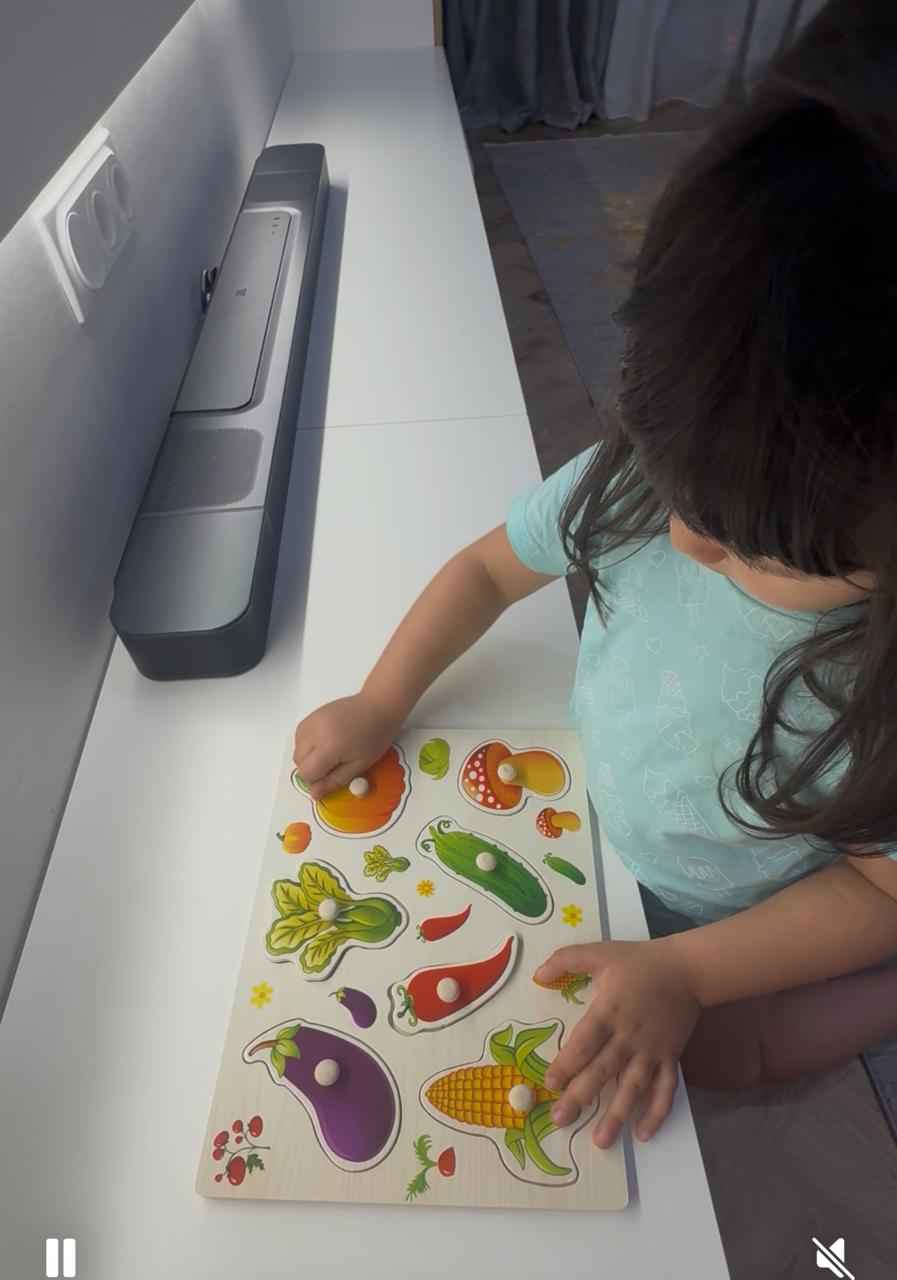
Dilana’s mother Read More

Irina and Stefan – Ilya’s parents Read More
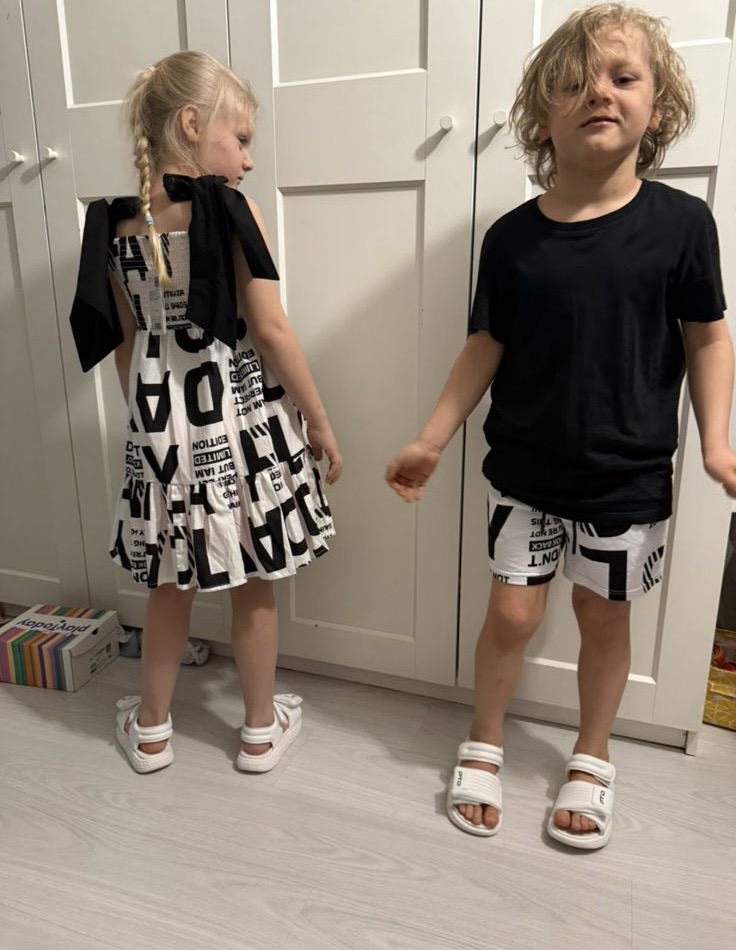
Kristina – mother of Nelly and Nik Read More
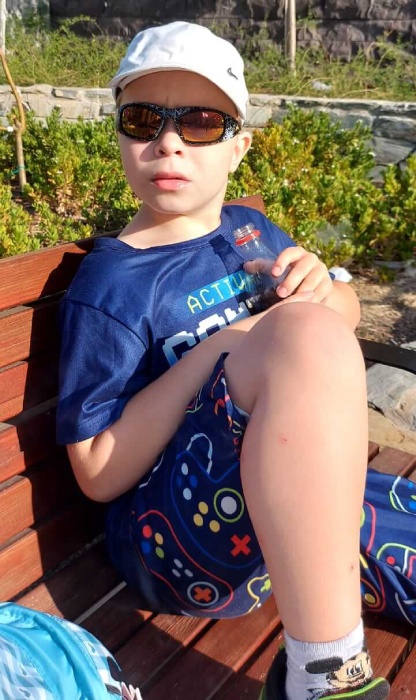
Marina and Grigory – Maxim’s parents Read More
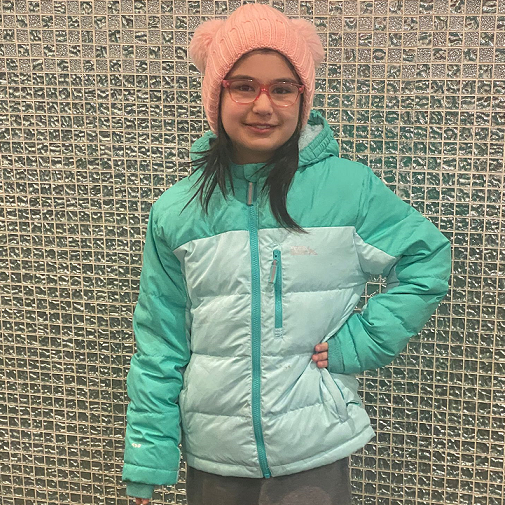
Testimonial from Shakhnoza, mother of Asal Read More
